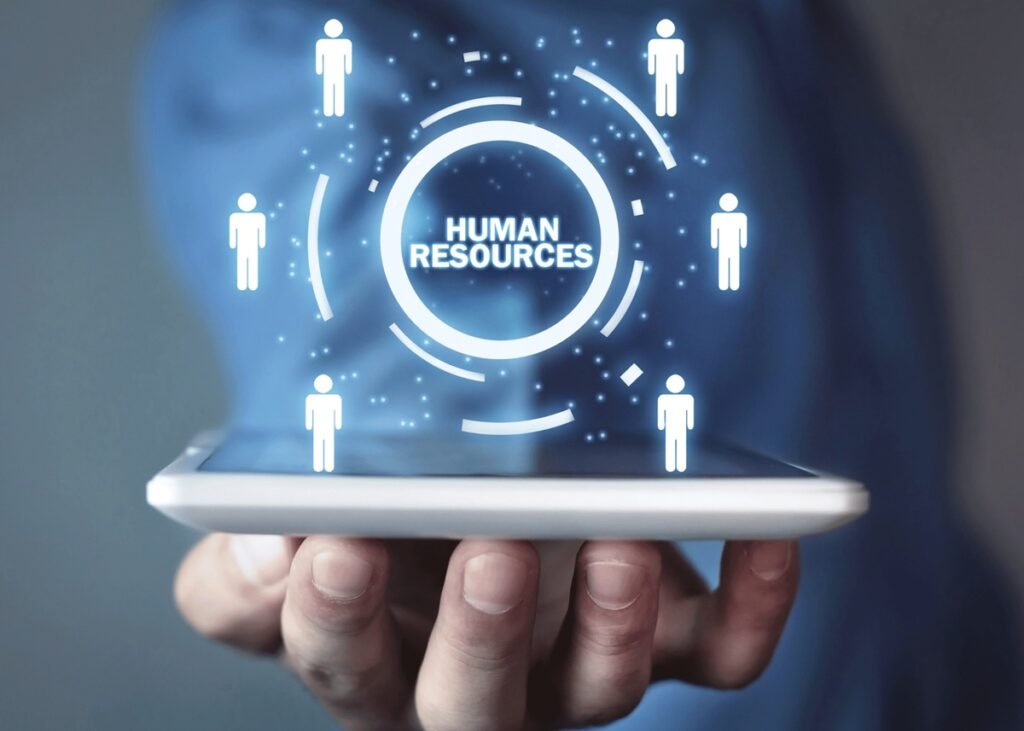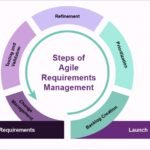In the ever-evolving business landscape, Human Resources (HR) is undergoing a massive digital transformation. Enter TechHR — the blend of technology and HR strategies that’s reshaping how companies attract, manage, and retain talent. If you want to stay ahead, it’s time to learn how to TechHR effectively.
What is TechHR?
TechHR, short for Technology in Human Resources, refers to the use of digital tools and systems to optimize HR processes. It goes beyond basic payroll software — encompassing everything from AI-powered recruitment to employee engagement platforms, people analytics, and learning management systems.
TechHR is not just about automation. It’s about leveraging technology to make smarter, faster, and more strategic HR decisions.

Why TechHR Matters in 2025 and Beyond
Businesses today face:
- A dynamic remote/hybrid workforce
- Diverse talent expectations
- An overwhelming influx of data
- Fierce competition for top talent
TechHR enables companies to address these challenges with:
- Scalable recruitment systems
- Real-time performance tracking
- Customized employee experiences
- Predictive analytics for workforce planning
Embracing TechHR is no longer optional — it’s essential for survival and success in the modern business world.
Core Areas Transformed by TechHR
1. Recruitment and Onboarding
AI-powered tools can screen resumes, match job descriptions with candidates, and even conduct preliminary interviews. Platforms like LinkedIn Talent Insights or Zoho Recruit simplify hiring.
2. Performance Management
Digital platforms like Lattice or Workday offer real-time goal setting, feedback loops, and performance tracking, enabling managers to better guide employee growth.
3. Employee Engagement
Pulse surveys, engagement platforms (like CultureAmp or Peakon), and gamification can help boost morale and reduce attrition.
4. Learning & Development (L&D)
Learning Management Systems (LMS) such as Coursera for Business, Udemy Business, or SAP Litmos provide customized learning paths based on role, performance, and future potential.
5. HR Analytics
Data-driven decision-making becomes easier with dashboards that track hiring metrics, turnover rates, diversity, and more. Predictive analytics can help HR forecast trends before they become problems.
How to Implement TechHR in Your Organization
1. Start with a Clear HR Tech Strategy
Define what you want to achieve:
- Reduce hiring time?
- Improve employee satisfaction?
- Enhance productivity?
Once your goals are clear, match technology solutions to your needs.
2. Conduct an HR Process Audit
Analyze your current workflows and identify:
- Redundant manual tasks
- Delays or bottlenecks
- Outdated systems
This will help prioritize where tech can add the most value.
3. Involve Key Stakeholders
Include HR teams, IT departments, and leadership in the decision-making process. Their insights will help avoid implementation failures.
4. Choose Scalable Solutions
Select platforms that grow with your business. Don’t lock yourself into tools that won’t serve your long-term goals.
5. Train and Upskill HR Staff
Ensure your team is comfortable using new tools. Provide training sessions and encourage continuous learning.

Choosing the Right HR Tech Tools
Popular Categories of HR Tools:
- Recruitment: Lever, Greenhouse, BambooHR
- Onboarding: Sapling, Gusto
- Performance Management: 15Five, Lattice
- Engagement: Officevibe, TinyPulse
- Learning: Docebo, LearnUpon
- Analytics: Visier, PeopleHum
Tips for Evaluation:
- Request demos and trials
- Check integration compatibility with existing systems
- Read user reviews and case studies
- Compare pricing models
Overcoming Challenges in TechHR Adoption
1. Resistance to Change
Employees may fear job loss or complexity. Transparent communication and showcasing benefits help build acceptance.
2. Data Privacy Concerns
Ensure compliance with GDPR, CCPA, and local laws. Invest in secure, encrypted systems.
3. Integration Issues
Avoid data silos by choosing interoperable platforms or all-in-one HR suites.
4. Budget Constraints
Start small. Adopt modular solutions that deliver high ROI and can expand over time.
Future Trends in TechHR
1. AI and Predictive Analytics
Expect HR to predict attrition, recommend hires, and identify training needs before issues arise.
2. Chatbots and Virtual Assistants
24/7 HR support using bots like Talla or Leena AI will be standard for queries, leave requests, or document generation.
3. Blockchain in HR
For secure, tamper-proof employee records, verification of credentials, and transparent performance histories.
4. DEI (Diversity, Equity, Inclusion) Tech
Analytics tools that help identify and resolve unconscious bias and promote inclusivity in the workplace.
5. Hyper-Personalized Employee Experiences
From customized learning paths to tailored wellness programs, TechHR will deliver a truly personalized experience.
Case Studies of Successful TechHR Implementation
1. Unilever
Unilever uses AI to screen candidates, saving thousands of hours in recruitment. Their chatbot, U-Voice, helps streamline feedback collection.
2. Deloitte
Deloitte implemented Workday to centralize HR functions, improving reporting, engagement, and payroll efficiency globally.
3. Adobe
Adobe eliminated annual performance reviews and replaced them with real-time feedback using check-in tools, boosting productivity and morale.
Summary
TechHR is the fusion of technology with HR functions to streamline recruitment, performance, engagement, and development processes. This article provides practical insights on how to implement TechHR strategies, choose the right tools, and foster a data-driven HR culture for future-proofing your workforce.
Final Thoughts on TechHR
Learning how to TechHR is about more than choosing software — it’s about transforming HR into a strategic powerhouse. The digital era demands speed, personalization, and innovation. With the right tools, mindset, and execution, your business can turn HR into a key driver of growth and employee success.
7 Frequently Asked Questions (FAQs)
1. What does TechHR stand for?
TechHR refers to the integration of technology in human resource functions to improve efficiency, analytics, and employee experience.
2. How can small businesses benefit from TechHR?
Small businesses can automate repetitive tasks, reduce recruitment costs, and improve employee engagement using affordable HR tech tools.
3. Is TechHR suitable for non-tech industries?
Yes, TechHR is industry-agnostic. Every sector benefits from streamlined hiring, performance tracking, and employee development.
4. What skills are needed for implementing TechHR?
Basic tech proficiency, data literacy, and change management skills are vital for successful implementation.
5. What are the risks of using HR technology?
Potential risks include data breaches, poor integration, employee resistance, and over-reliance on automation.
6. How do I measure the ROI of TechHR tools?
Use KPIs like time-to-hire, employee retention, engagement scores, and training effectiveness to gauge ROI.
7. Can AI replace HR professionals?
No, AI assists HR professionals but cannot replace emotional intelligence, strategic planning, and people management.


